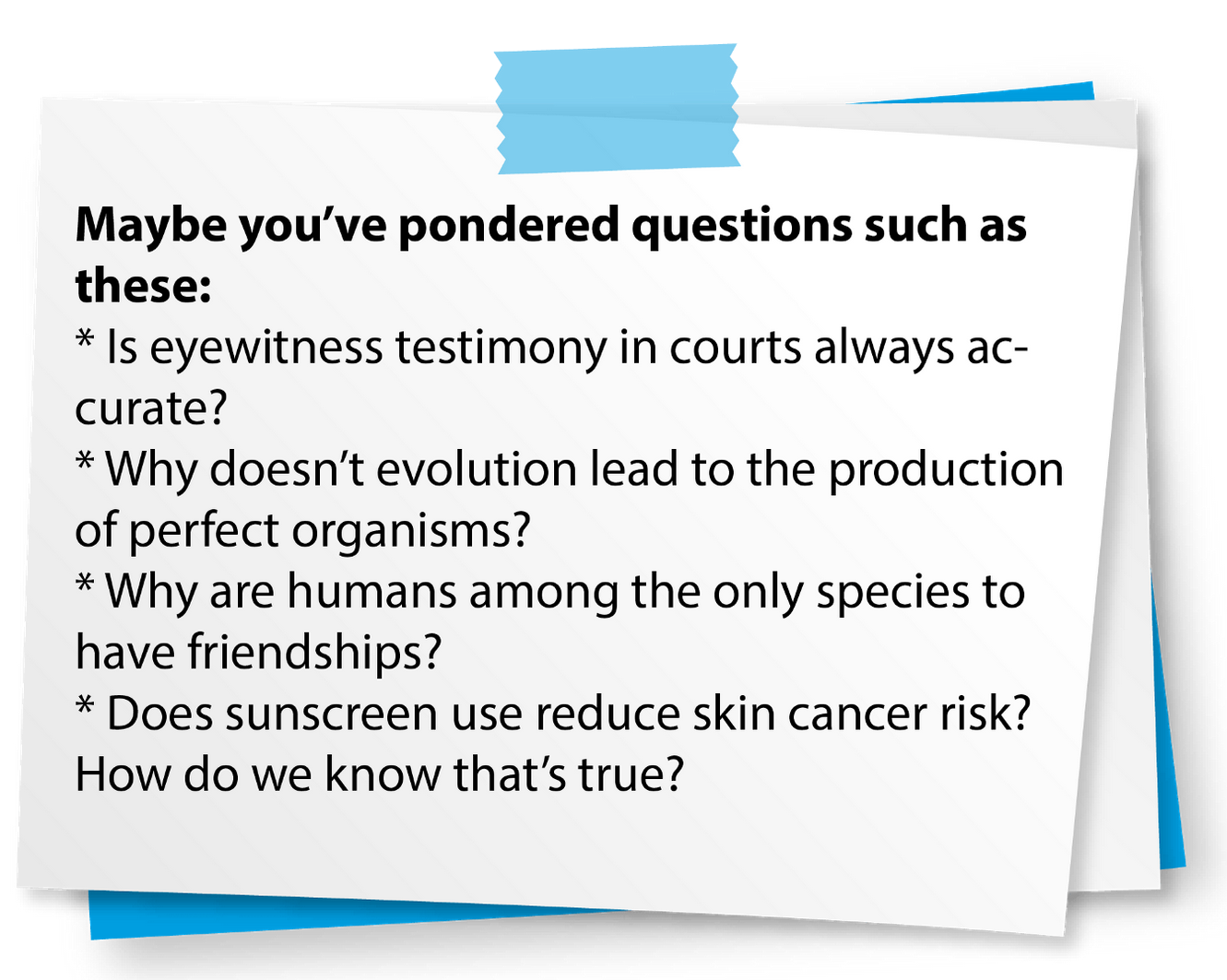First Impressions Matter
For teachers and students too
A good friend and colleague of mine describes motivation as “the desire to start, persist and put in the mental effort to learn.”
The starting part is key and one of the chief truths about teaching: if students aren’t motivated to put in the effort it takes to learn, all of our well-designed learning experiences are for naught.
Belinda Fewings (Unsplash)
When we think about starting it helps to ask ourselves: What are the things which could potentially get in the way of a student starting a learning endeavor?
Feeling we don’t belong is a big one.
If we question our belonging in a learning environment, we may end up using up the limited space in our working memory paying attention to cues related to our identity and if we “fit in.” And as with any such distracting influence, the more we attend to feeling like we don’t belong, the more we are overcome with negative emotions, and the fewer valuable brain cycles we have to devote to actual learning. Which we know is hard.
There are huge benefits in helping our students to see that they fit in, that there are people “here” like them, and that their path to success is clear.
So what can we do, as educators, to help set the right tone, foster a sense of belonging, and nurture an environment conducive to learning?
As we learned in the song Do-Re-Mi from The Sound of Music:
“Let’s start at the very beginning, it’s a very good place to start…”
If you’re a teacher, your course syllabus is one of the first exposures your students have to you and the journey on which they are about to embark. Impressions made during this initial exposure can help (or hinder) teacher engagement with students. Students’ initial perceptions about instructor approachability and warmth can impact how they approach the course and what they learn. This is even more important in an online environment where in-person interactions may be limited.
Ask yourself this: Does your syllabus convey an inclusive, welcoming, warm environment and explain key information about you, the course, and how students can be successful? Does your syllabus motivate students to embark on a learning journey with you? To begin, as Ken Bain says, “a conversation about how the teacher and the student would best come to understand the nature and progress of the student’s learning.”
No two syllabi will be exactly the same. Every course has different elements and emphases. There are, however, ways that you can convey policies, routines, and procedures to students that help set a positive tone for learning.
A welcoming, engaging, informative syllabus includes some of the following features interwoven within and between the various sections (throughout I use excerpts from my husband Jay Phelan’s UCLA Life Science course syllabus as example content).
Show Students How Content is Relevant and Valuable
You might consider posing some questions students may have pondered and let them know they will explore these topics (and more) within the course.
Focus here on what students will take away from the course rather than a march through the topics to be covered. Communicate to students that you will all be learning together and that you believe they can attain the ambitious, yet attainable, goals of the course.
2. Show Your Personality and Passion
Don’t be afraid to show your personality and passion for what you are teaching. A little self-disclosure can go a long way. To the extent that students can see how ideas in your course have meaning for your own life and experiences, their learning will be enhanced. Your positive emotions about the subject matter you’re teaching can also boost student motivation.
3. Encourage Communication and Feedback
Make sure students know how to contact you, where to find you, and encourage them to do so. List your email address, office location (if you have one), or your preferred meeting place. Include the times of your office hours (if you have them) and if you are available at other times if students have a time conflict. Encourage students to give you feedback on what’s working and not working in the course.
4. Be Clear About Expectations and Rationale for Course Components
Clearly describe what you will expect from students during the course and how they will be evaluated on these activities. Help students see what they need to do to succeed. It should also be evident to students how the course expectations connect to the goals of the course, or why certain activities are included.
Based on the information above students know:
the purpose of the study guides
when they will be available
how they will be used, and
how they will help the students prepare for the weekly quiz (which is graded).
These are just a handful of the many opportunities to turn the course syllabus from a ‘fire hose of information and deadlines’ to something which both conveys important information and helps set the right tone, foster a sense of belonging and community, and nurture an environment conducive to learning.
Remember it isn’t just what we say, but how we say it that can make a difference.
Think back to the question I posed earlier:
Does your syllabus convey an inclusive, welcoming, warm environment and explain key information about you, the course, and how students can be successful? Does your syllabus motivate students to embark on a learning journey with you?
If you teach and have a syllabus, why not give it a look and see if it could use a little warming up?
If you give it a try, I’d love to hear some of the things you did. And what impact they had.







